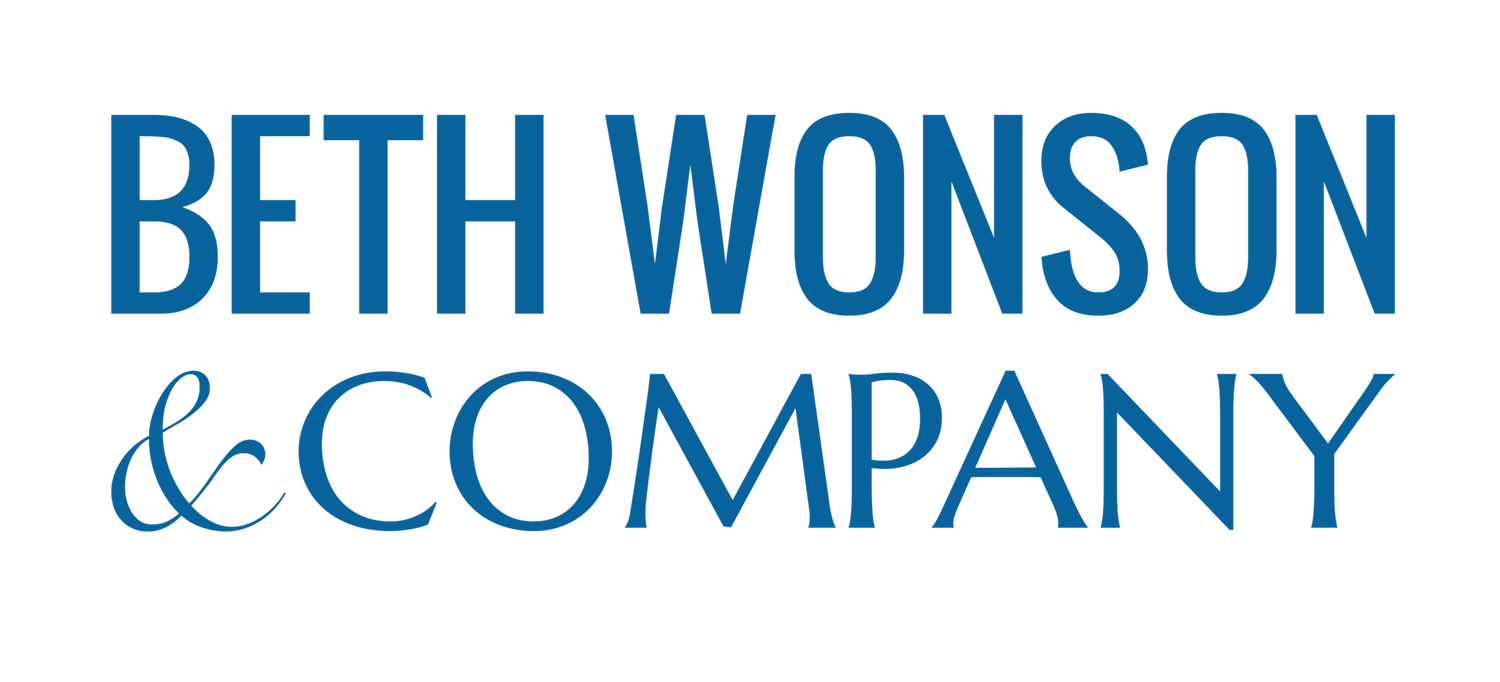Culture Challenges
Many years ago, I was brought in to help an organization whose culture was less than positive. Morale was down, staff conflicts with leadership were high, and people were looking for jobs elsewhere. To get a sense of what was happening, I conducted confidential interviews with staff members.
People were brutally honest about the perception of lack of transparency, leadership getting privileges that staff did not, and unjustified roadblocks to promotion. And yes, at least one-third of the staff were seeking other employment opportunities despite loving the work they were doing.
As with all confidential interview reports, the findings were compiled into a report that identifies patterns and trends but never anyone by name, or with information that could single them out.
Unbeknownst to me, leadership made the decision to terminate one of the people on my interview list the day following my interview. During our time together, the staff person was deeply concerned if their comments would in fact be confidential. I assured them that everything they shared was confidential and described how the report was structured with global patterns and trends versus individual quotes.
This employee reported that they had tried unsuccessfully to ask questions, seek more information. Eventually their attitude at work had become something they themselves were no longer happy about. But at every turn when they tried to initiate discussions, they were shut down or placated.
When I found out about the termination, I was shocked. The timing of the termination impacted my credibility with the rest of the staff, and rightly so. When I inquired about the termination I was told that the thinking was that my interview would be a vehicle to collect information rather than them having a direct conversation with the employee.
I was aghast that they would hire a consultant to do the kind of work I was doing and not share or discuss this plan. I could now see the lack of transparency that was destroying the work culture. It was not, as leadership believed, only the employees who needed skill development. Leadership most urgently needed to shift. Yet, leadership would not hear this message.
Years later I was able to have an email exchange with this person and we cleared the air on some things. They had been convinced all these years that I had broken my promise and directly shared their criticism, frustration, and resentment and that was what caused the termination.
When I am asked to help with positive culture building, I am often called in by leadership who wants to point fingers at their employees' behaviors and attitudes as what needs to change.
Often, when it comes time for coaching, training, and consulting, the executives want me to focus on staff. They say that they are too busy. Or they agree to participate, but when the time comes, they are distracted, running in and out, or looking at their phone. All these behaviors convey messages to employees that are stronger and longer lasting than sentiments about teamwork and how much employees are valued.
I love working with staff and teaching them the skills of Navigating Challenging Dialogue®, however, the work is only half done if we’re unable to work with leadership to help them:
prepare to receive feedback,
listen with curiosity and empathy
discern where their behaviors are impacting how employees show up
If your organization or team is struggling with morale, or a negative culture has been developed, let me help you to turn things around. It may be slightly uncomfortable for a bit, but it sure beats the long-term discomfort of a workplace where people are frustrated, angry, and resentful.
Set up a confidential call and let’s talk.
Have a Question? Let’s Talk Today
You may be facing a challenge or weighing an action and aren’t sure where to start, or what a solution even looks like. Contact Beth today! It’s 100% confidential so you can freely discuss the challenges you’re facing and unlock a path forward. Or Get Started with our resources library and books.
